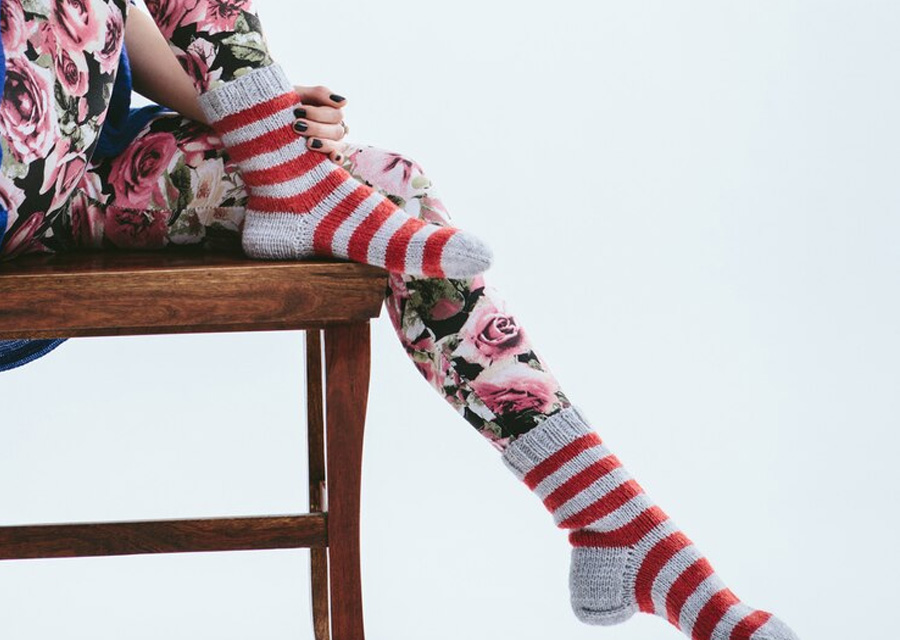Sportswears Quality Control.
In the dynamic world of sportswear manufacturing, quality control is the bedrock upon which excellence is built. This article explores the pivotal role of quality control in sportswear production, highlighting its significance in ensuring top-notch products that meet the highest standards of performance, comfort, and durability.

The Sportswear Challenge
Sportswear isn’t just about fashion; it’s about function. Athletes and active individuals demand clothing that can withstand the rigors of physical activity while providing comfort and style. Sportswear quality control is the industry’s response to this challenge.

Defining Quality Control
Quality control in sportswear manufacturing refers to a systematic process that encompasses every aspect of production, from sourcing materials to the finished product. It involves checks and measures at various stages to ensure that each garment meets predefined quality standards.

Materials Matter
The journey of quality control begins with materials. From moisture-wicking fabrics to durable zippers and ergonomic seams, sportswear relies on a variety of components. Quality control assesses the integrity of these materials, ensuring they meet performance requirements and comply with industry standards.

Precision in Craftsmanship
The craft of assembling sportswear is as important as the materials themselves. Quality control scrutinizes every stitch, seam, and cut to verify that the clothing is free from defects. Precise craftsmanship is paramount, and it’s quality control’s duty to maintain these high standards.

Fit and Comfort
Fit and comfort are non-negotiable in sportswear. Quality control tests each garment’s fit and comfort levels, evaluating factors like sizing accuracy and ergonomic design. This ensures that athletes can move freely and comfortably in their sportswear, enhancing their performance.

Faster Time-to-Market
Sportswear faces extreme conditions, from intense workouts to outdoor adventures. Quality control subjects sportswear to rigorous tests, evaluating its durability and performance under various stressors. This ensures that the clothing can withstand the toughest challenges.

Compliance with Standards
Quality control also ensures compliance with industry standards and regulations. This includes safety, environmental, and ethical standards. Adherence to these standards not only guarantees the safety and well-being of consumers but also contributes to sustainable and responsible manufacturing practices.

Brand Reputation and Customer Satisfaction
Sportswear brands that prioritize quality control build a reputation for delivering reliable and high-performing products. This reputation fosters customer trust and loyalty, as consumers come to rely on the consistency and excellence of the brand’s offerings.

Conclusion
Sportswear quality control is not just a stage in production; it’s a commitment to excellence. It’s a dedication to providing athletes and active individuals with sportswear that empowers them to excel in their pursuits. Quality control safeguards a brand’s reputation, assures customer satisfaction, and upholds the integrity of the sportswear industry. In the dynamic world of sportswear, quality control is not a choice; it’s the cornerstone of excellence.













